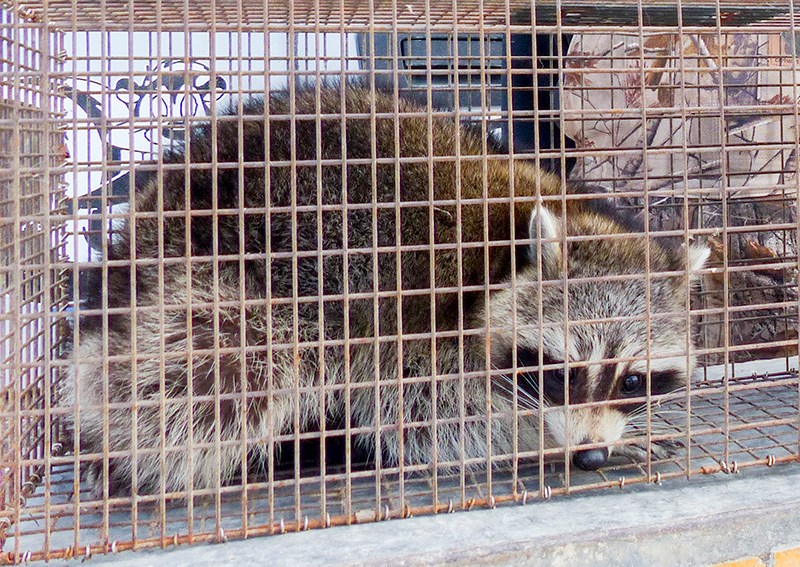Tara Jeffrey
Not sure what to do when a wild animal creeps into your backyard?
City Hall is hoping a new web page will clear up confusion around who’s actually responsible for trespassing critters.
“Our goal is to try and get people away from always calling the city for everything to do with wildlife,” said Adam MacDonald, the city’s superintendent of by-law enforcement.
“That’s the biggest misconception -- just because it’s an animal, it doesn’t necessarily mean that the city comes out and deals with it. Most of the time, it’s not really a city issue.”
Sarnia has no legal obligation to be involved with nuisance, abandoned, or injured wildlife, he explained, unless the animal poses a threat to public safety or property, such as a raccoon infected with distemper.
In that case, “we have a responsibility to come out, ensure that we can catch it and have it euthanized,” he said.
If the raccoon isn’t sick the property owner is advised to contact a pest-control company, licensed trapper, or wildlife rehabilitator.
“We get into issues where people have raccoons in their attic, wandering in and out of their house, or accidentally getting caught in a trap,” MacDonald said. “Then they call us to come out and assist them, but that’s not something we get involved with.”
It’s been a busy summer for raccoon calls. Sarnia’s enforcement staff have brought 27 raccoons to the Sarnia & District Humane Society this year.
According to the shelter, ten distemper-infected raccoons were brought in just last month.
“It’s like an animal being drunk,” seasoned trapper Ted Foreman said, adding infected raccoons often act lethargic or stunned, roaming about during the day.
The owner of Bob’s Animal Removal said he receives daily calls from residents who aren’t clear on who’s responsible or how it works.
“People think we work for free; they think the city pays for this,” said Foreman, who charges $175 for each initial animal removal, and $90 for any additional animals. “Then we have what you call the ‘do-it-yourselfers.’”
Inexperienced residents who try to catch and release the animals themselves often run into trouble, he explained.
“If you’re not a licensed trapper you have to let that animal go less than one kilometre from where you live or catch the animal; and you can’t just dump animals on other peoples’ property,” he said. “If you’re licensed like us, we have some drop-off points; people who let us put raccoons in their bush.”
Raccoon sightings are common right now as the animals venture out to gain weight for winter, he said, reminding residents not to confront the animals, especially if it’s a mother with babies.
The city’s website offers tips on how to discourage wildlife, such as using solid garbage containers, blocking openings, holes and cracks around the house, and keeping pet food inside.
“Some people think it’s nice to go outside and throw peanuts out for this or that animal, but essentially that also creates habitat for a lot of other animals that you don’t want,” said MacDonald. “
When if comes to sick or orphaned wildlife, the Ministry of Natural Resources stresses that most wildlife should just be left alone, he said.
“And that can be difficult for people to hear. But sometimes an animal, like a rabbit for example, looks like it’s been abandoned, when it actually hasn’t. So, by removing it from its home, you’re actually doing more harm than good.”
To access the city’s wildlife webpage visit www.sarnia.ca and click on Living Here>Municipal Services>By-law enforcement: Wild Animals.
